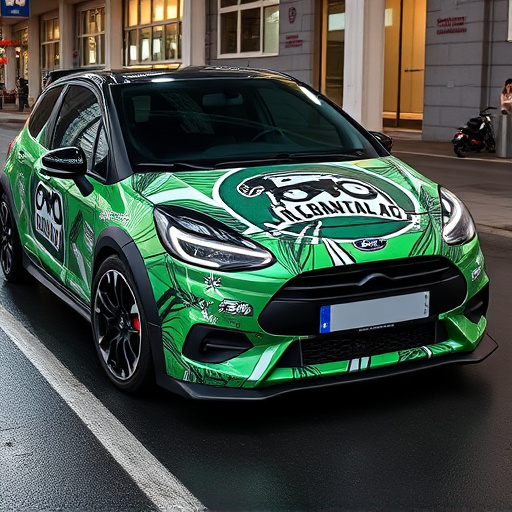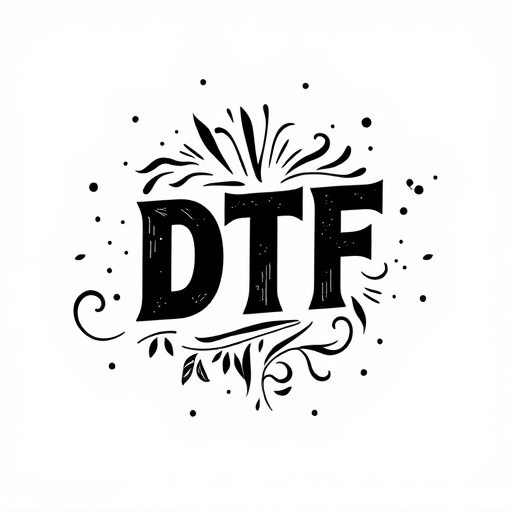Understanding local signage regulations is crucial for designing and installing effective storefront graphics. Business owners must comply with zoning codes and sign ordinances regarding dimensions, colors, messaging, placement, brightness, accessibility, and emergency vehicle visibility to avoid fines and maintain community aesthetics. Integrating scratch protection and ceramic window tinting enhances durability and privacy. Balancing creativity and legality results in captivating displays that attract customers while adhering to local laws.
In today’s competitive retail landscape, effective storefront graphics are essential for attracting customers. However, navigating local signage regulations can be a complex task. This article guides you through understanding and adhering to local signage laws, highlighting key elements of compliant storefront design and best practices for legal yet impactful advertising. Discover how to optimize your store front while staying within regulatory bounds.
- Understanding Local Signage Laws for Storefront Graphics
- Key Elements of Compliant Storefront Design
- Best Practices for Effective and Legal Storefront Advertising
Understanding Local Signage Laws for Storefront Graphics

Before designing or installing storefront graphics, it’s crucial to understand local signage regulations. These laws vary greatly from one area to another and can be complex, encompassing everything from dimensions and colors to specific types of messaging allowed. Local governments enforce these rules to ensure visual harmony within communities and maintain safety by preventing excessive or distracting signage.
Business owners must familiarize themselves with the local zoning code and sign ordinances. This includes understanding restrictions on sign size, placement, and brightness, as well as requirements for accessibility and emergency vehicle visibility. Compliance not only avoids hefty fines but also demonstrates a commitment to community aesthetics and regulations, enhancing the overall look of the neighborhood and fostering goodwill among neighbors.
Key Elements of Compliant Storefront Design

When designing storefront graphics that meet local signage regulations, several key elements ensure compliance and effective visual appeal. First and foremost, understanding the specific guidelines and dimensions mandated by your locality is essential. This includes knowledge about permitted colors, character sizes, and the placement of both text and images. Compliance with these rules not only avoids legal issues but also prevents costly revisions.
Additionally, integrating scratch protection and ceramic window tinting into the storefront graphics design can enhance durability and privacy, respectively. These enhancements are increasingly popular as part of vehicle enhancement packages and can be seamlessly incorporated into eye-catching displays without compromising regulatory adherence. Effective use of these features contributes to a long-lasting, visually appealing storefront that captivates customers while remaining in compliance with local signage laws.
Best Practices for Effective and Legal Storefront Advertising

To ensure your storefront graphics are both effective and legal, consider these best practices. Start by understanding local signage regulations to avoid any fines or removal of your advertising. Compliance is key; adhere to size, placement, and style guidelines set by your municipality. When designing, keep messages concise and clear, focusing on one primary promotion or service to prevent confusion. Use high-quality images that are relevant to your brand and target audience.
Additionally, incorporate elements that make your graphics stand out while maintaining a professional look. Think about integrating local landmarks or seasonal themes to connect with the community. For automotive businesses offering premium services like vehicle enhancement or protective coatings, consider graphics that subtly showcase these benefits without overwhelming pedestrians. Effective storefront advertising is an art that balances creativity and legality.
Storefront graphics are a powerful tool for businesses to attract customers and enhance their brand visibility. However, navigating local signage regulations is essential to ensure your designs remain legal and effective. By understanding the key elements of compliant storefront design and adopting best practices, you can create visually appealing displays that adhere to local laws while effectively communicating your message. Remember, the right balance between creativity and compliance will help your business stand out in a competitive market.














